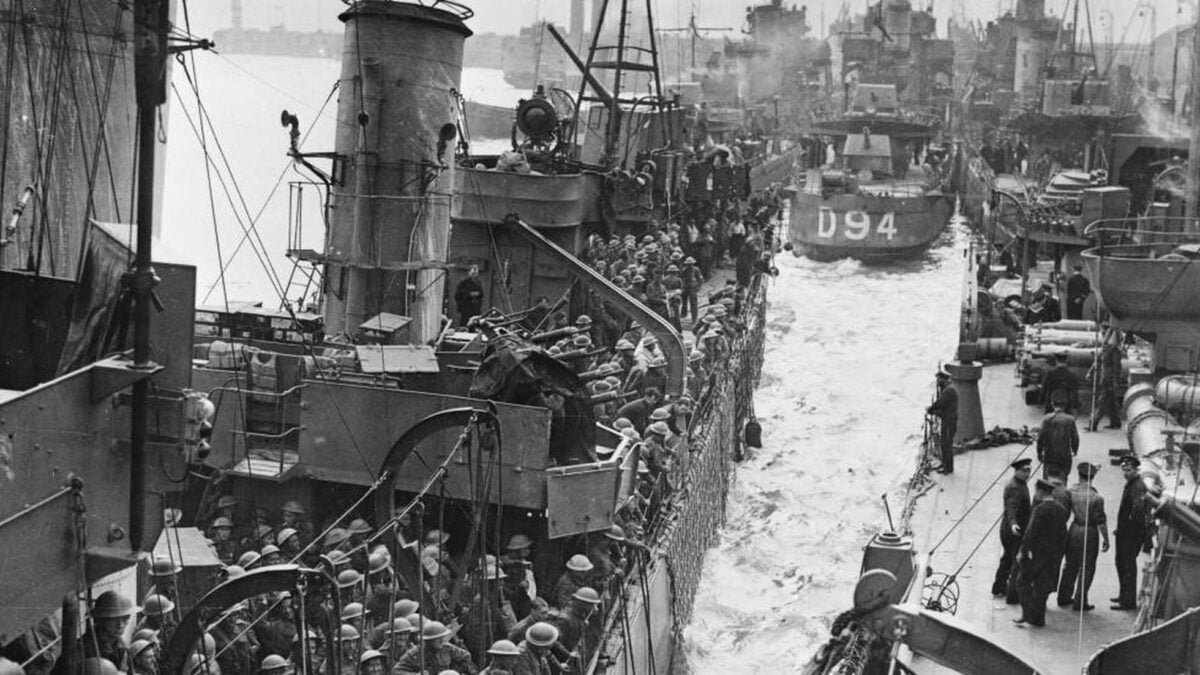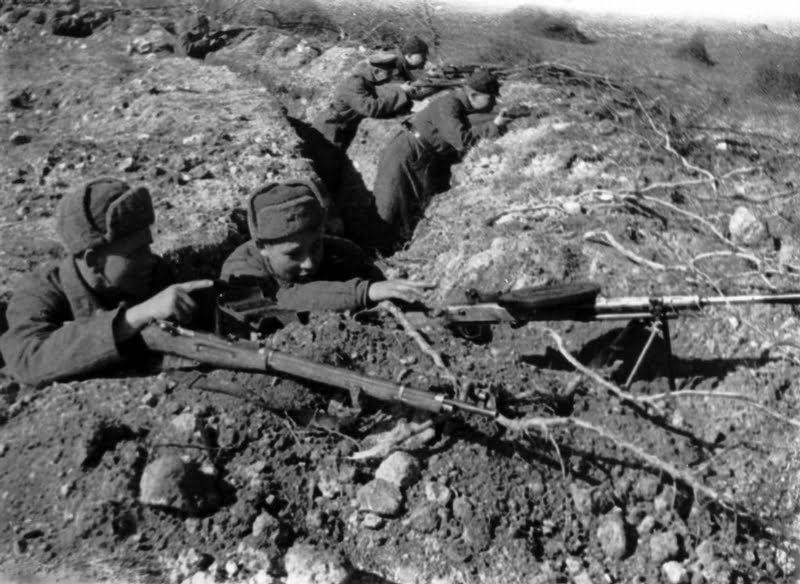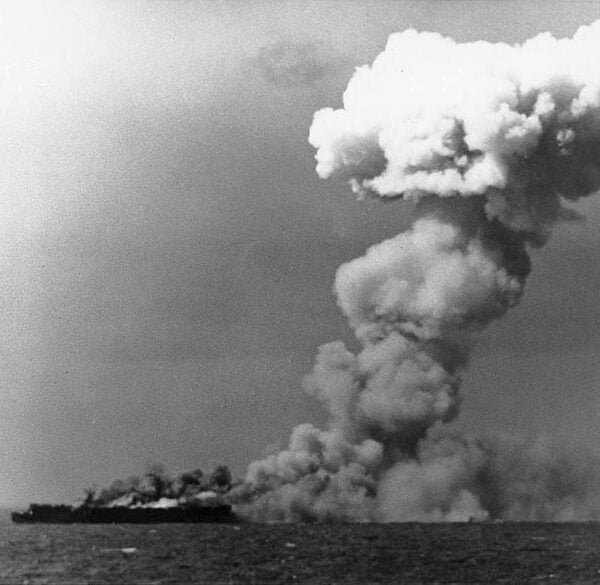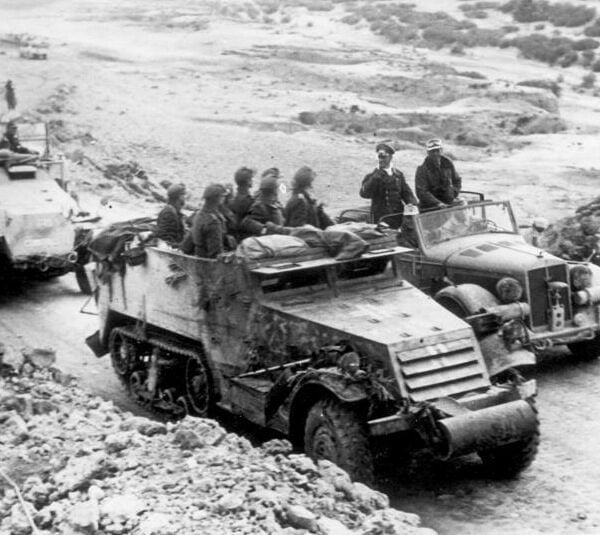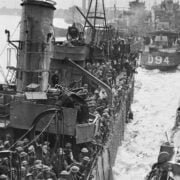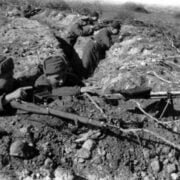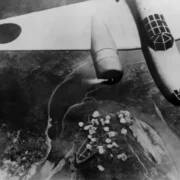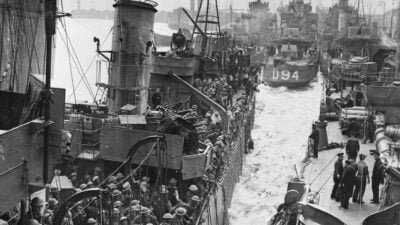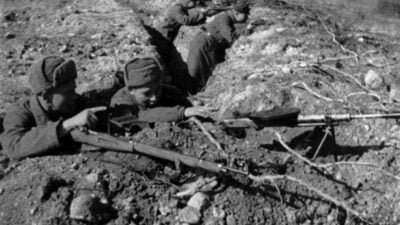The Italian Campaign during World War II not only shaped national destinies but also contributed to the complexity of the global conflict. The campaign’s outset saw Benito Mussolini’s leadership attempting to consolidate influence in Europe. Initially, the incursions into Albania and Greece seemed to indicate swift success, but as the war unfolded, a much more intricate narrative was revealed.
Also check out: The Afrika Korps of Rommel: The Campaign in North Africa
The Initial Landscape on the Italian Front
The entry of Italy into World War II marked a challenging chapter in its military history. Led by Benito Mussolini, it sought initially to consolidate its dominance in Europe, commencing with the invasions of Albania and Greece in 1939. These initial actions, while promising, soon unveiled unexpected challenges that echoed throughout the Italian campaign.
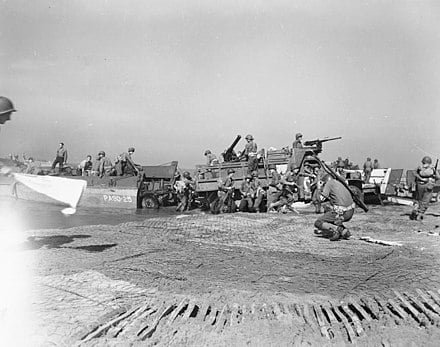

Challenges and Ambitious Strategies of the Italian Campaign
Mussolini, inspired by the grandeur of the ancient Empire, aimed for a reborn Italy as a dominant power. However, the expansionist aspirations faced their first resistance in the challenging geographies of Albania and Greece. The mountainous topography posed tactical challenges, demanding swift adaptation of Italian military strategies.
The alliance formation with Hitler’s Germany was pivotal for Italy’s ambitions. However, the collaboration between the Italo-German forces proved more complex than anticipated. Lack of effective coordination and strategic divergence among the allies created tensions, compromising the joint effectiveness in initial operations.
Developments in Albania and Greece
Initial victories in Albania and Greece suggested imminent success for the Italian forces. However, these triumphs proved illusory when faced with local resistance and the tactical realities of the terrain. The initial optimism was replaced by a more pragmatic understanding of the complexity of the war and the adversities on the Italian front.
The quality of the Italian infantry became a focal point in analyzing the early phases of the campaign. Despite grand ambitions, Italian troops faced challenges in terms of training and equipment. These limitations directly impacted the ability to conduct efficient operations, highlighting the gap between military ambitions and realities.
Global Recognition of the Italian Campaign
The unfolding of events on the Italian front didn’t go unnoticed by the international community. The incursions in Albania and Greece reverberated, underscoring Italian participation on the global stage. Yet, while Mussolini sought to affirm Italy’s position, the challenges faced by Italian forces added complexity to the geopolitical landscape of that time.
The onset of the Second World War campaign, characterized by ambitious aspirations and unexpected challenges, set the stage for a significant historical episode. The initial strategies, though driven by a grand vision, clashed with obstacles that shaped the course of the Italian campaign over subsequent years.
Tactical and Strategic Challenges of the Italian Campaign
As the Italian forces extended across the Western front, they encountered a series of tactical and strategic challenges requiring constant adaptation. The mountainous topography in the region, especially in the Alps, emerged as a formidable obstacle. The complexity of the terrain not only influenced military tactics but also tested the command and coordination capabilities of the Italian forces.
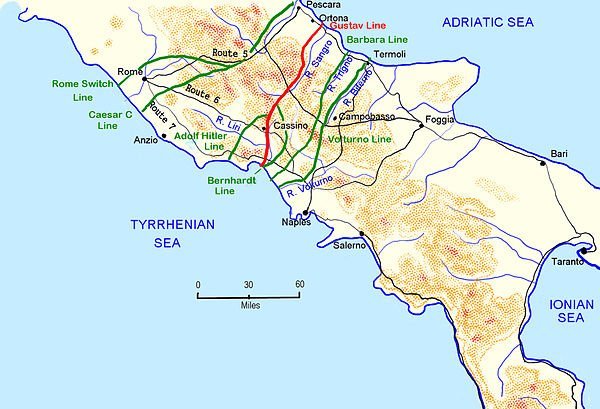

Navigating the Complexity of Terrain and Alliance
The Alps, with their grandeur, became an unpredictable battlefield. The mountainous terrain offered opportunities for strategic defenses, ambushes, and clever tactical maneuvers. Maneuvering through these altitudes required exceptional skills, and geography became a decisive factor in operations, shaping the dynamics of the battlefront.
The Italo-German alliance, initially conceived to strengthen the Axis forces, revealed coordination challenges. Disparities in military strategies between the Italian and German forces resulted in internal conflicts and difficulties in executing joint operations. The delicate balance between the two allied nations demanded strategic harmony that was often absent.
Strains in the Axis Alliance
As the war unfolded, strategic differences between Axis forces began to surface. Mussolini’s vision for the Italian campaign often clashed with Germany’s strategic priorities. These strategic tensions contributed to operational complexity on the Italian front, highlighting the fragility of the Italy-German alliance.
Constant adaptation to local conditions was crucial in facing tactical challenges. Flexible strategies became imperative due to the diversity of terrains and changes in enemy tactics. The ability to adjust battle plans in real-time became an essential skill for commanders on the Italian front.
The terrain not only posed challenges to the offensive but also influenced defensive strategies. Italian forces, often in a defensive position, leveraged the advantages of the mountainous terrain to resist Allied advances. Thus, the terrain was not only a challenge to be overcome but also a strategic tool to be used wisely.
Impact of the Italian Campaign on the Global Narrative
The tactical and strategic challenges on the Italian front not only shaped the course of the campaign but also left a lasting legacy. The experience gained in adapting to terrain complexities and managing tensions within the Axis alliance brought valuable lessons that resonated in future conflicts. The Italian front became a strategic school, where operational complexity forged leaders capable of facing the most demanding challenges of war.
The interplay between tactical challenges, mountainous terrain, and the nuances of the Italo-German alliance painted a complex picture on the Italian front, where strategic adaptability became the key to survival and success.
The Battle of Monte Cassino in the Italian Campaign
The Battle of Monte Cassino, fought between January and May 1944, emerged as an epic episode in the Italian campaign, testing the resilience of Allied forces and German-Italian defenses. Located atop a steep hill, the ancient monastery of Monte Cassino became the center of a fierce and protracted conflict, where innovative strategies and military tenacity were put to the test.


A Critical Turning Point
Monte Cassino, with its elevated position, dominated the surrounding terrain, conferring crucial tactical control over the region. Its capture was vital for Allied operations as it would allow for the advance towards Rome. For the Axis forces, maintaining the monastery as a strategic point was equally crucial, making this battle a strategic crossroads on the Italian front.
The steep terrain and German fortifications around Monte imposed significant challenges on the Allied forces. Supply and communication lines were subject to ambushes, and advances were hampered by geographical conditions. Navigating this complex terrain became vital for success in battle.
A Prolonged and Challenging Campaign
The Battle of Cassino unfolded in four distinct phases, each characterized by intense combat. The first phase in January 1944 involved initial attempts to capture the monastery. After a period of heavy bombardment, the second phase in February saw renewed attempts to take the strategic position. The subsequent phases in March and May marked a series of decisive attacks and counterattacks that culminated in the final capture of Monte Cassino by the Allies.
One of the distinctive features of the battle was the extensive use of Allied bombings to neutralize German defenses. In February, a series of heavy aerial attacks led to the destruction of the Monte Cassino monastery. This event, controversial in its nature, highlighted the ferocity of combat and the determination of Allied forces to achieve their strategic objectives.
German and Italian defenses at Cassino demonstrated staunch resistance. Axis troops, well-positioned in bunkers and trenches, withstood bombardments and Allied advances. The ability to adapt to adverse conditions and maintain a cohesive front became critical for the survival of the Axis forces.
A Weakened Alliance with Germany
As World War II unfolded, the alliance between Italy and Germany, initially conceived as a strong strategic partnership, began to show signs of fragility. Both political and strategic differences contributed to straining this relationship, shaking the cohesion of the Axis forces on the Italian front.
Political and Strategic Challenges in the Italian Campaign
The strategic alignment between Mussolini’s Italy and Hitler’s Germany proved more complex than mere military cooperation. While Mussolini sought to consolidate Italian influence in the Mediterranean, Hitler had priorities focused on Eastern Europe. These fundamental differences in strategic priorities began to undermine the harmony between the allied nations.
The lack of effective coordination between Italian and German forces on the Italian front contributed to a weakened alliance. While the Germans maintained strict control over their operations, Italian forces often operated more independently. This lack of tactical synchrony created gaps in joint effectiveness, hampering overall performance on the front.
The Influence of the African Campaign on the Italian Campaign
The African campaign also played a role in weakening the alliance. Italy, engaged in efforts in North Africa, sought to consolidate its presence in the Mediterranean, while Germany focused on its own strategic priorities on the Eastern front. These conflicting interests exacerbated tensions within the alliance, highlighting the difficulties of maintaining cohesive cooperation.
Mussolini’s political decline in 1943 further exacerbated the alliance’s fragility. With the fall of the fascist leader, Italy experienced a radical change in its government. The Italian Social Republic, under German control, emerged as a puppet state, revealing the loss of Italian influence in the Axis alliance.
In addition to practical disagreements, ideological tensions also undermined the alliance’s cohesion. German Nazism and Italian fascism, while sharing some characteristics, differed in ideological foundations. These ideological differences added an additional layer of complexity to relations between the two nations, contributing to the weakening of the alliance.
The Search for a Unified Strategy
Despite the challenges, attempts from both sides to preserve the alliance were made. High-level talks and meetings were conducted in the pursuit of a unified strategy, but challenges persisted. The inability to overcome fundamental differences and establish a shared vision for the Italian front left the alliance in a state of undeniable fragility.
The weakened alliance between Italy and Germany on the Italian front highlighted the political and strategic complexities that permeated the Axis during World War II. Fundamental differences and internal tensions cast a shadow over the initially robust collaboration, redefining dynamics in the Italian theater of operations.
The Sicily Landing and Mussolini’s Fall
The landing in Sicily, which occurred in July 1943, marked a crucial point in the Italian campaign of World War II, triggering a series of events that culminated in Mussolini’s fall. This massive landing, known as Operation Husky, was a joint operation led by the Allied forces and had a profound impact on the dynamics of the Italian front.
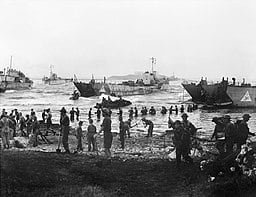

A Decisive Turn in the Italian Campaign
Before the landing, the Allies carried out meticulous preparation involving strategic planning and international coordination. Troops from various Allied nations, including the United States, the United Kingdom, Canada, and others, converged on Sicily with the common goal of dislodging Axis forces. This diversity of troops brought a wealth of experiences and strategies to the operation.
The strategic choice of targeting Sicily was not arbitrary. The island represented a crucial bridge to the European mainland, controlling supply and communication routes. Capturing Sicily meant destabilizing the Axis defense lines, paving the way for deeper incursions into Italy and eventually continental Europe.
Fierce Resistance and Allied Tactics
The battles were marked by the fierce resistance of Axis forces. German and Italian troops, aware of the island’s strategic importance, defended their positions with tenacity. The Allies, in turn, employed innovative tactics, including airborne assaults and amphibious landings, dynamically adapting to varied terrain and adversarial defenses.
The landing not only altered the military dynamics but also had significant political repercussions. The loss of a vital strategic position triggered internal discontent in Italy. Political forces opposing Mussolini’s regime gained strength while the fascist leader lost support, both popular and military.
Faced with mounting opposition and shifting power dynamics, Mussolini faced internal pressures. The Fascist Council withdrew its support, and in July 1943, Mussolini was removed from power. The fall of the fascist leader marked a drastic change in Italian leadership, ushering in a new chapter in the country’s history.
Puppet State Under German Control
After Mussolini’s fall, Germany sought to maintain significant influence in Italy. The Italian Social Republic, a puppet state controlled by the Nazis, was established. Although nominally independent, the new entity was, in practice, submissive to German desires, emphasizing the extent of Axis control over Italy’s political destiny.
The landing in the region and the subsequent fall of Mussolini represented a decisive turn in the Italian front. These events not only altered the course of the military campaign but also reshaped Italian politics and leadership, outlining a new chapter in the country’s participation in World War II.
The Italian Social Republic and Internal Resistance
With the establishment of the Italian Social Republic after Mussolini’s fall, Italy found itself immersed in a complex and tumultuous phase. This puppet state, under German control, triggered various reactions in Italian society, while a resilient internal resistance emerged, determined to challenge the impositions of the collaborationist regime.”
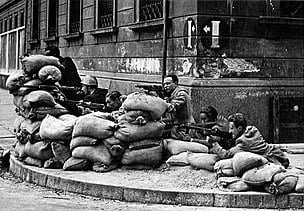

Dynamics Post-Mussolini’s Fall
The creation of the Republic in September 1943 was a decisive step in maintaining German control over Italy. Under Mussolini’s leadership, the Republic sought to maintain the facade of autonomy but was, in reality, submissive to German directives and interests. This created a complex political dynamic, with the collaborationist government trying to consolidate its authority amidst growing opposition.
The imposition of the Republic faced significant resistance among the population. Political, military, and civilian sectors opposed to the collaborationist regime began to organize. Underground groups and resistance movements emerged, forming a network of opponents dedicated to undermining the Republic’s authority and reclaiming Italian autonomy.
Acts of Disobedience and Sabotage
Internal resistance manifested through a series of acts of civil disobedience and sabotage. Railways, bridges, and communication lines were frequent targets, hampering the logistics of the Italian Social Republic and Axis forces. These actions not only undermined the operational capacity of the collaborationist regime but also demonstrated the population’s determination to fight against foreign occupation.
Italian partisans, armed groups composed of civilians and ex-military personnel, emerged as the vanguard of armed resistance. Operating mainly in rural and mountainous areas, these groups conducted guerrilla operations against Axis forces. Their local knowledge and guerrilla tactics became a formidable force, challenging German occupation and local collaborators.
In addition to their local operations, internal resistance actively sought coordination with Allied forces. Information exchange, prisoner-of-war rescues, and guidance toward strategic targets were essential components of this collaboration. The presence of internal resistance not only undermined Axis operations but also played a strategic role in preparing for Italy’s liberation.
A High Cost for Resistance
The Axis forces’ response to internal resistance was brutal. Repression included summary executions, deportations, and the destruction of entire villages. The resistance paid a high cost, but their tenacity inspired the population and triggered a cascade response against the occupying forces. The German and Italian brutality further consolidated support for the resistance.
The Italian Social Republic and the resistance represented opposite poles amid the complex post-Mussolini fall scenario. While the collaborationist regime tried to assert its authority, resistance, both in the shadows and through open operations, became a symbol of Italian determination to confront foreign occupation and seek the restoration of national autonomy.
Surrender and Impact on Europe
Italy’s surrender in September 1943 was a turning point in World War II, bringing profound implications that reverberated throughout Europe. This event marked the end of Italy’s active participation in the Axis, triggering a series of changes in the geopolitical and military landscape of the continent.
The End of the Italian Campaign in World War II
Italian surrender not only changed the course of the military campaign but also spurred internal political transformation. With Italy withdrawing from the Axis alliance, Italian forces now found themselves alongside the Allies. This abrupt change ushered in a transitional phase as the country reorganized and redefined itself under new alliances and objectives.
Italy’s change of allegiance had immediate implications on the European front. Italian forces, now allied with the United States, the United Kingdom, and other allied countries, became a crucial strategic piece. The dynamics of the war changed, affecting the balance of power and introducing new tactical possibilities for allied forces.
Advancement and Liberation
With Italy now in the allies’ camp, new campaigns were launched in the Italian peninsula. Allied advances, supported by newly committed Italian forces, marked a significant turn. Subsequent battles, including the liberation of Rome in June 1944, illustrated the effectiveness of collaboration between allied and Italian forces.
Italy’s surrender also triggered internal political restructuring. The end of the collaborationist regime and the dissolution of the Italian Social Republic made room for political renewal. New leaders emerged, seeking to rebuild Italy’s reputation and actively participate in defining post-war Europe.
The surrender influenced Italian society in profound ways. While German occupation persisted in some regions, the prospect of a future free from the Axis renewed the population’s hopes. Significant challenges lay ahead, but the promise of liberation and reconstruction inspired a new sense of determination and unity.
A Shift in the Global War Theater
The impact of Italian surrender extended beyond the country’s borders, altering the global course of the war. Changes on the European front influenced global dynamics, affecting Allied strategies and modifying the narrative of World War II. Italy, once at the heart of the Axis, became a pivot in the Allies’ quest for victory.
The end of the Italian Campaign, marking the cessation of collaboration with the Axis, not only reshaped the military dynamics in Europe but also triggered a series of political and social transformations. This change in allegiance had ramifications that extended far beyond Italian borders, shaping the outcome of World War II and laying the groundwork for post-conflict reconstruction in Europe.

